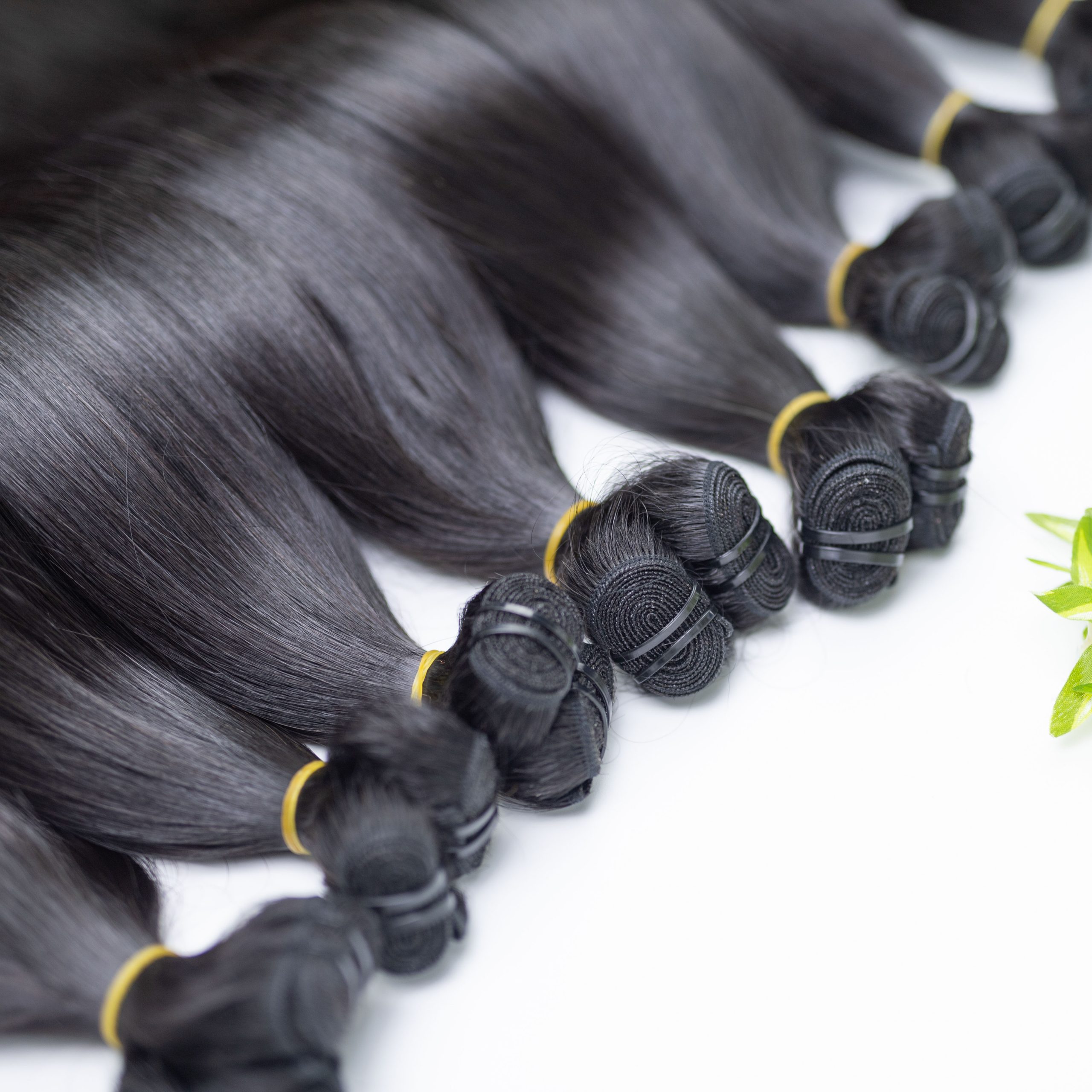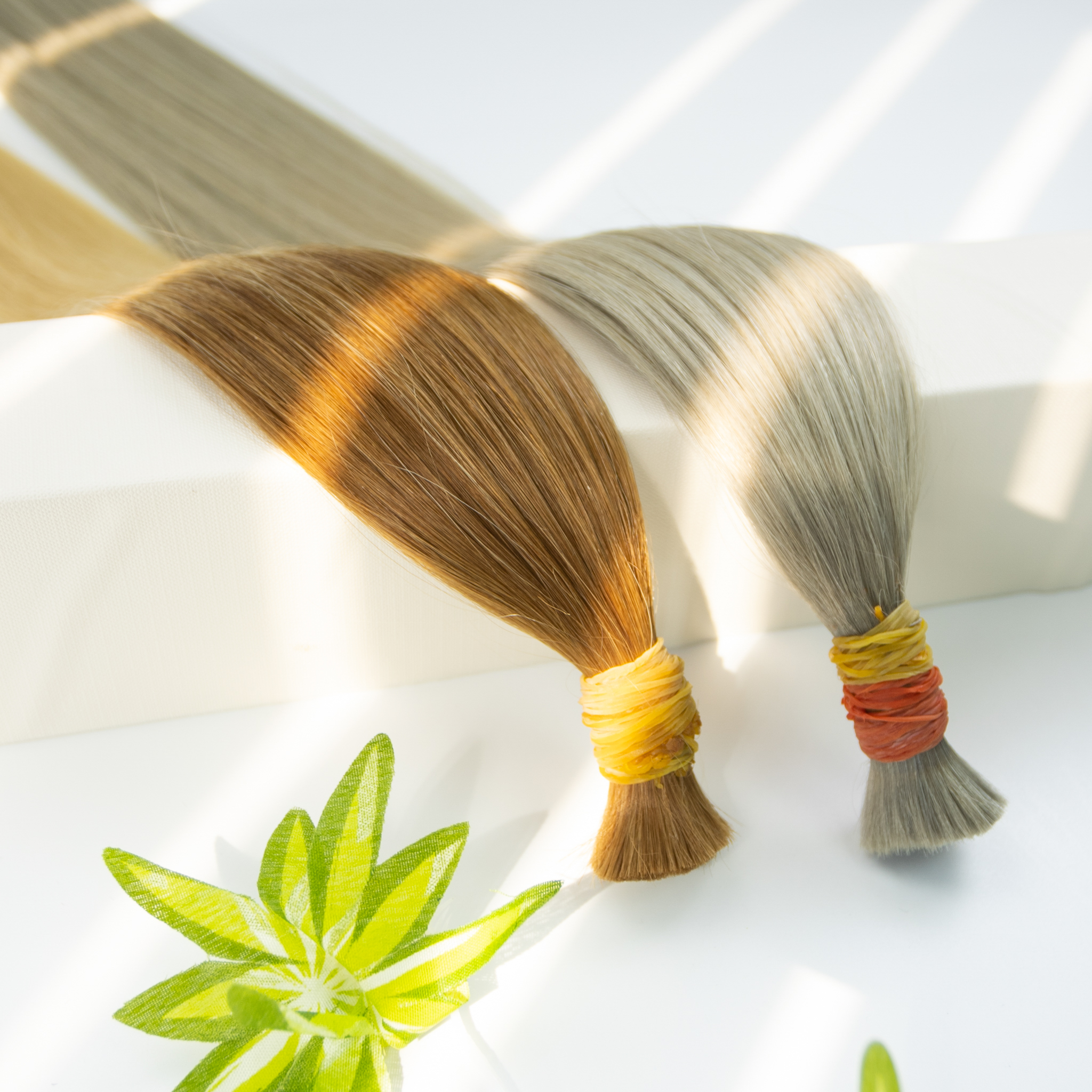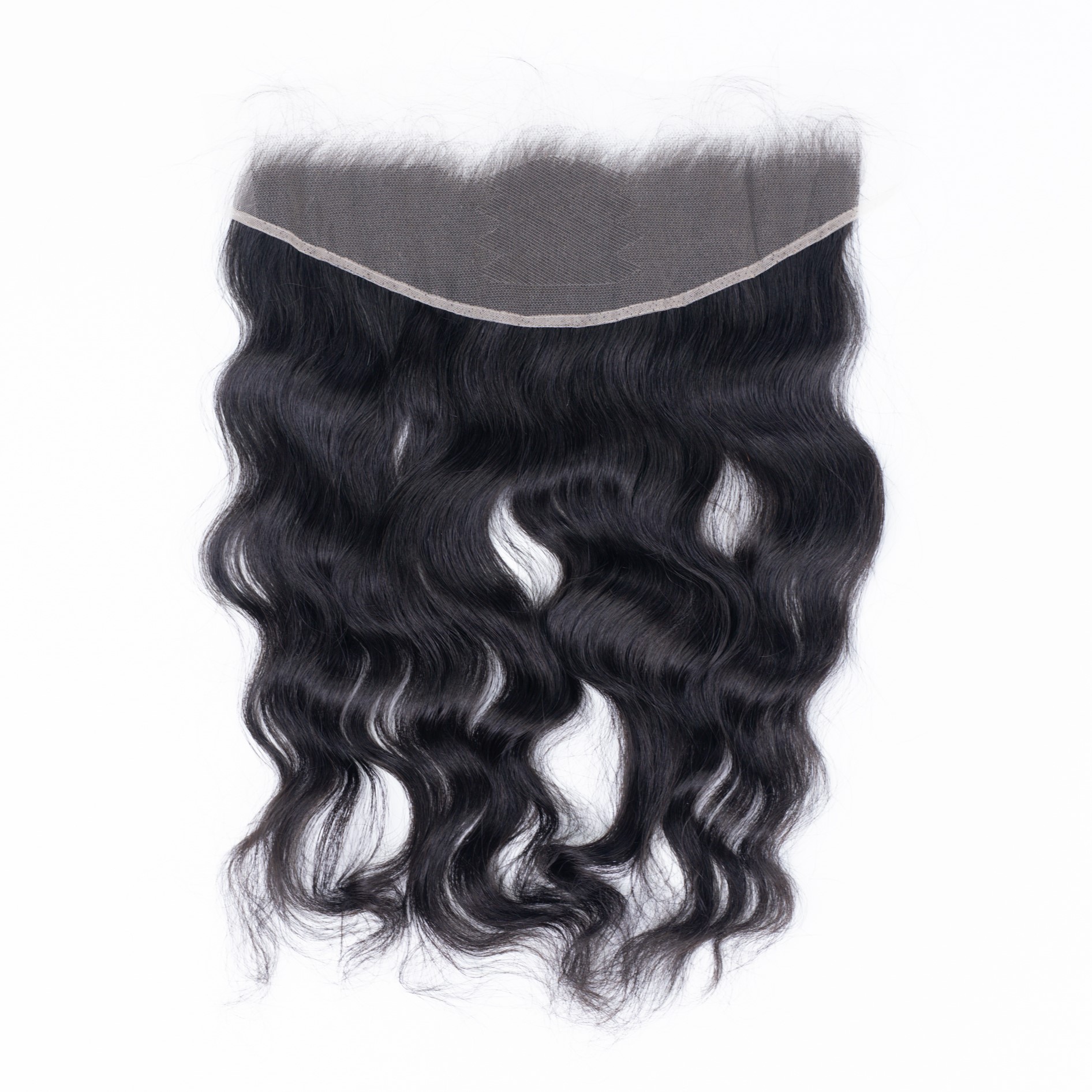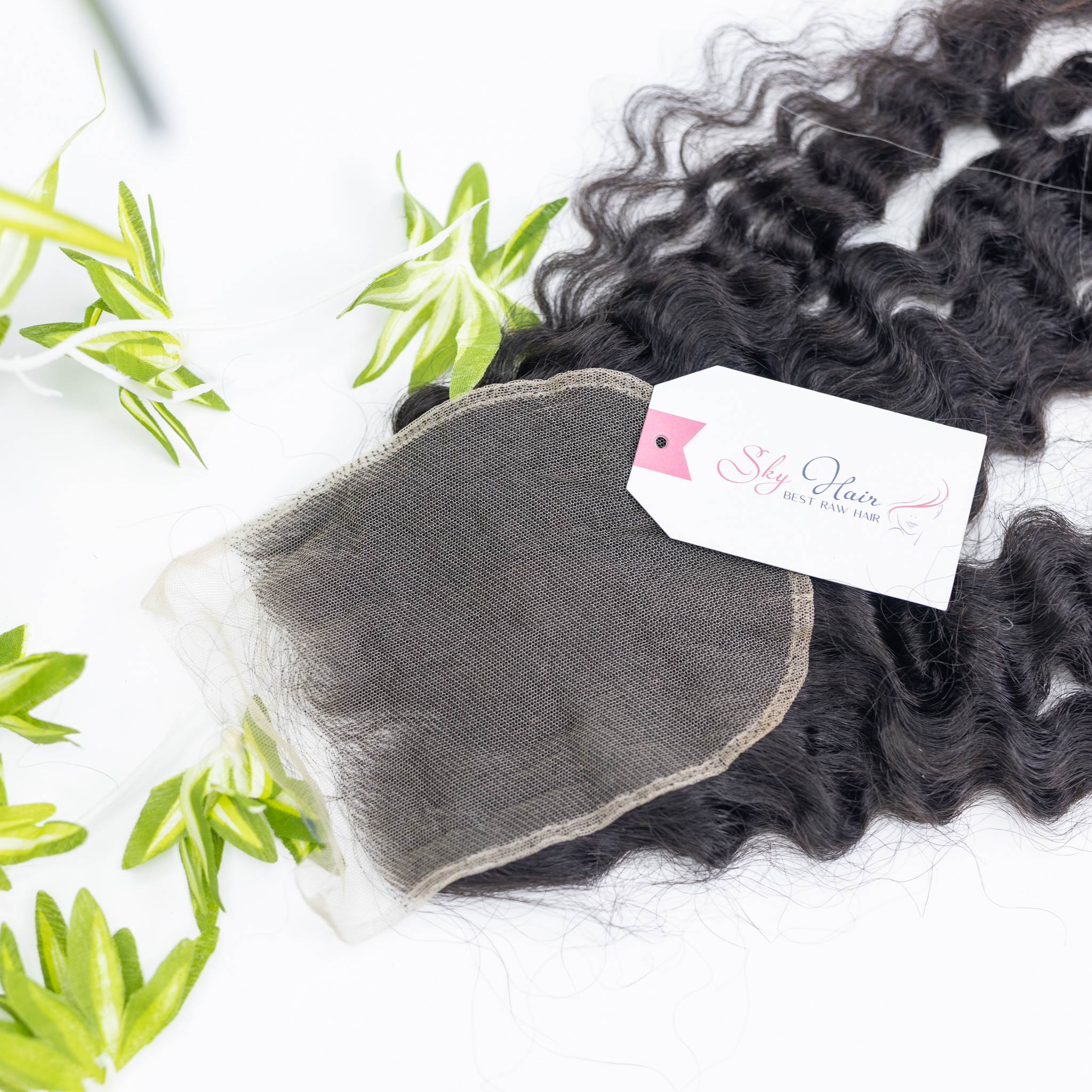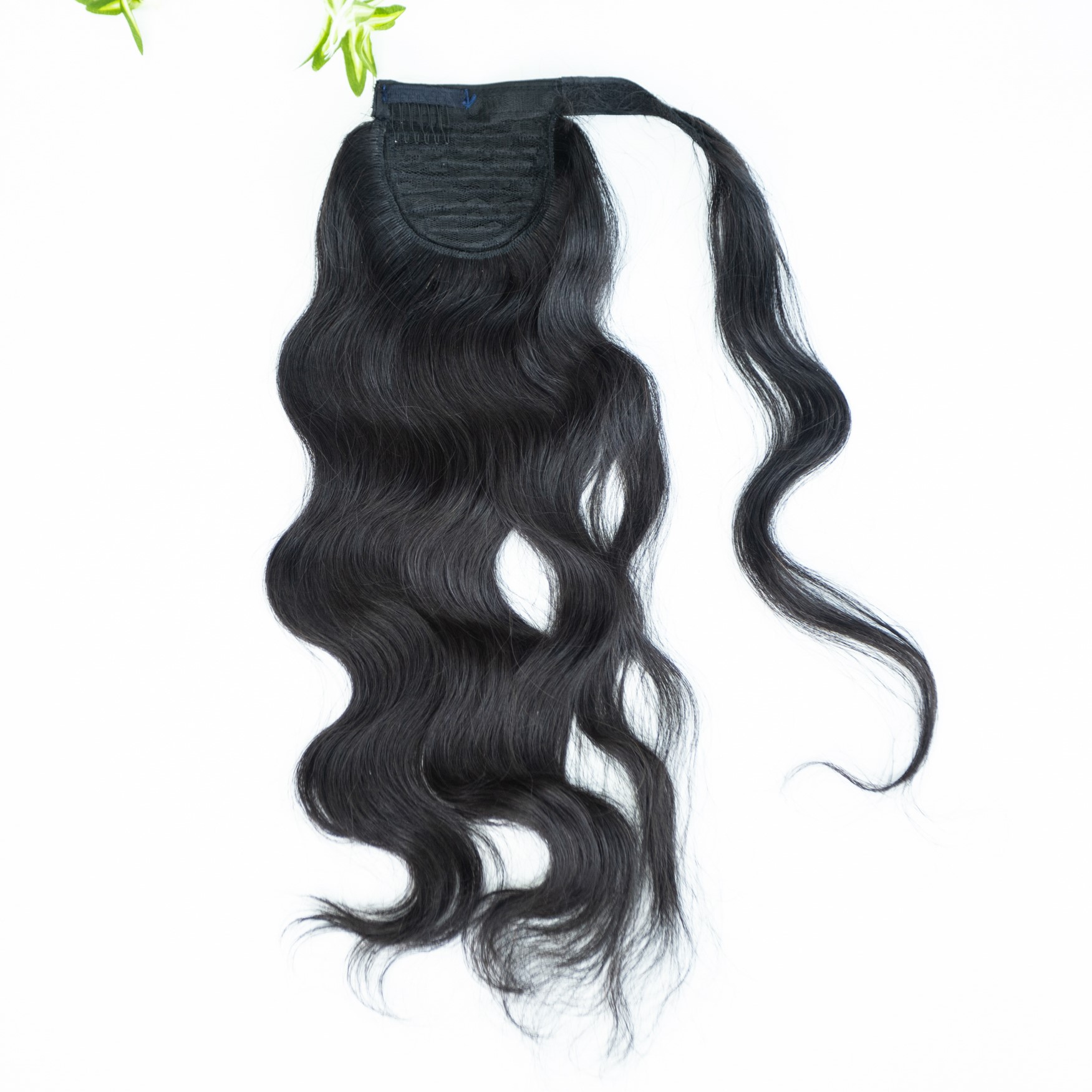Many people don’t know how long they can expect their wig to last. The lifespan of a wig depends on various factors, including the type of wig, the quality of the materials, and how it is cared for. In this article, we’ll explore the average lifespan of both synthetic and human hair wigs and provide tips on how to extend their longevity.
How Long Do Synthetic Wigs Last?
Synthetic wigs are a popular choice for their affordability and convenience. Synthetic wigs are made from artificial fibers that are designed to mimic the look and feel of human hair. While they are generally less expensive than human hair wigs, they have a shorter lifespan. On average, a high-quality synthetic wig can last anywhere from 4 to 6 months with proper care. However, lower-quality synthetic wigs may only last 2 to 3 months before starting to look worn and frizzy.
The key to extending the life of a synthetic wig is to be gentle when styling, avoid excessive heat, and store it properly when not in use.
How Long Do Human Hair Wigs Last?
Human hair wigs are generally more expensive than their synthetic counterparts, but they offer a more natural look and feel. With proper maintenance, a high-quality human hair wig can last 2 to 3 years.
Some dedicated wig-wearers have even reported getting 3 to 5 years of use out of their human hair wigs. The longevity of a human hair wig comes down to the quality of the hair, how often it’s worn, and the care routine followed.
To get the most out of your investment in a human hair wig, follow these tips:
– Limit heat styling to special occasions
– Gently brush the wig with a wide-tooth comb
– Use a sulfate-free, moisturizing shampoo and conditioner
– Allow the wig to air dry whenever possible
– Store the wig on a wig stand or in a protective box
Mistakes Leading to Shortened Lifespan
Both synthetic and human hair wigs can have their lifespan cut short by common mistakes:
- Quality of the Materials: Higher-quality wigs made from better materials will generally last longer than lower-quality wigs.
- Frequency of Use: Wigs that are worn frequently will have a shorter lifespan than those that are worn less often.
- Care and Maintenance: Proper care and maintenance can significantly extend the lifespan of a wig. This includes washing, conditioning, and styling the wig properly, as well as storing it in a cool, dry place when not in use.
- Handling: Rough handling of a wig can cause damage and shorten its lifespan. It’s important to handle a wig gently and avoid pulling or tugging on the fibers.
